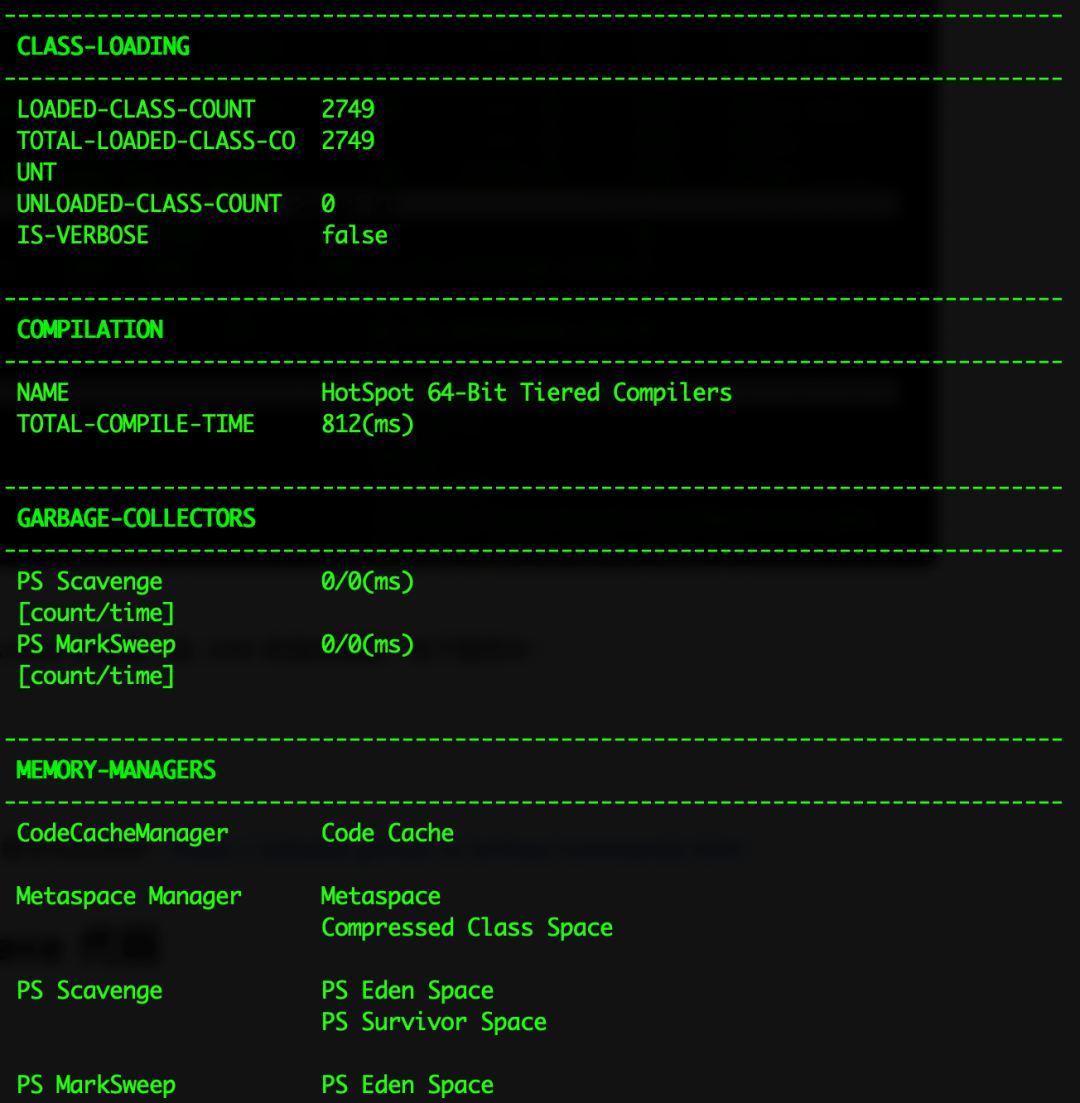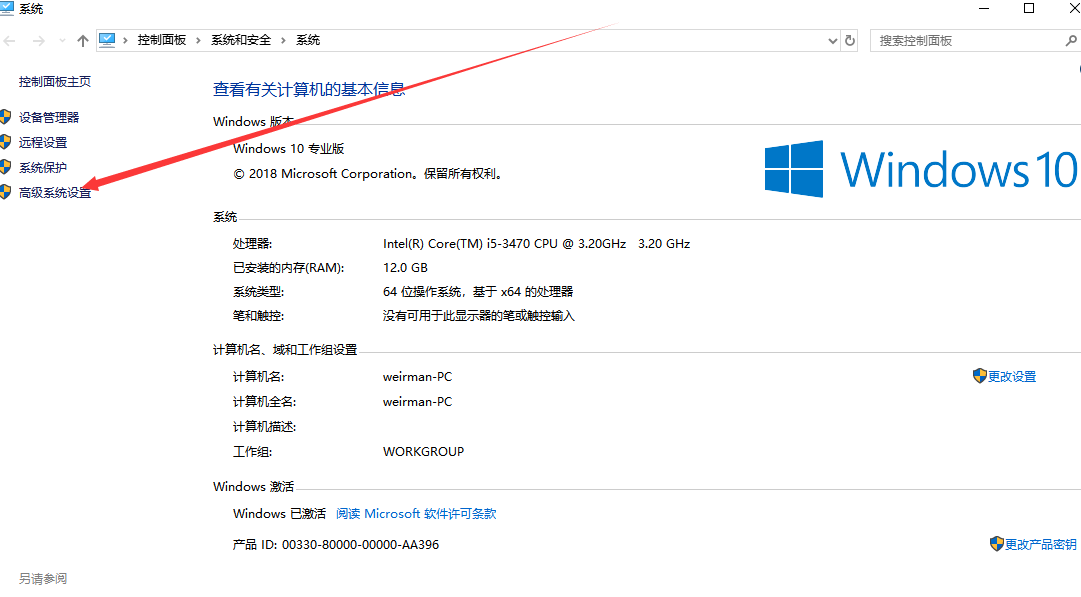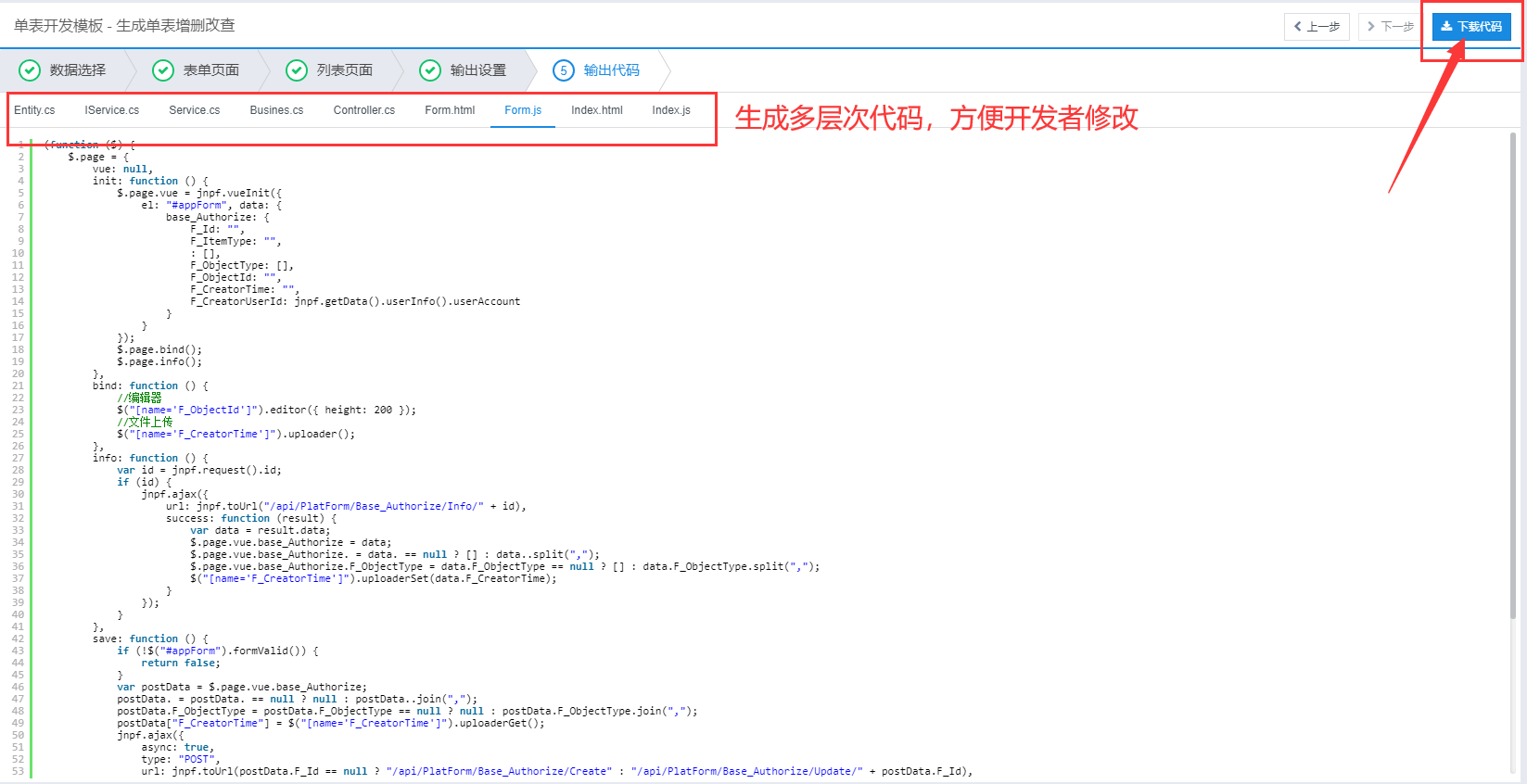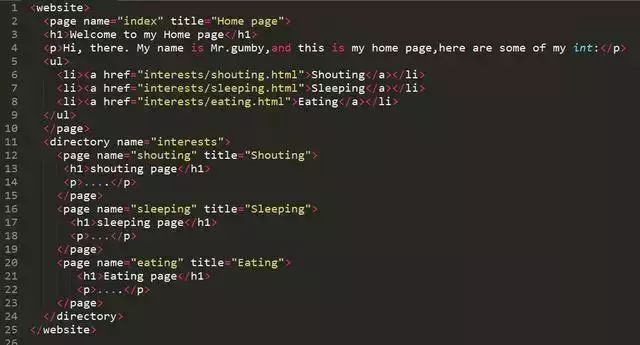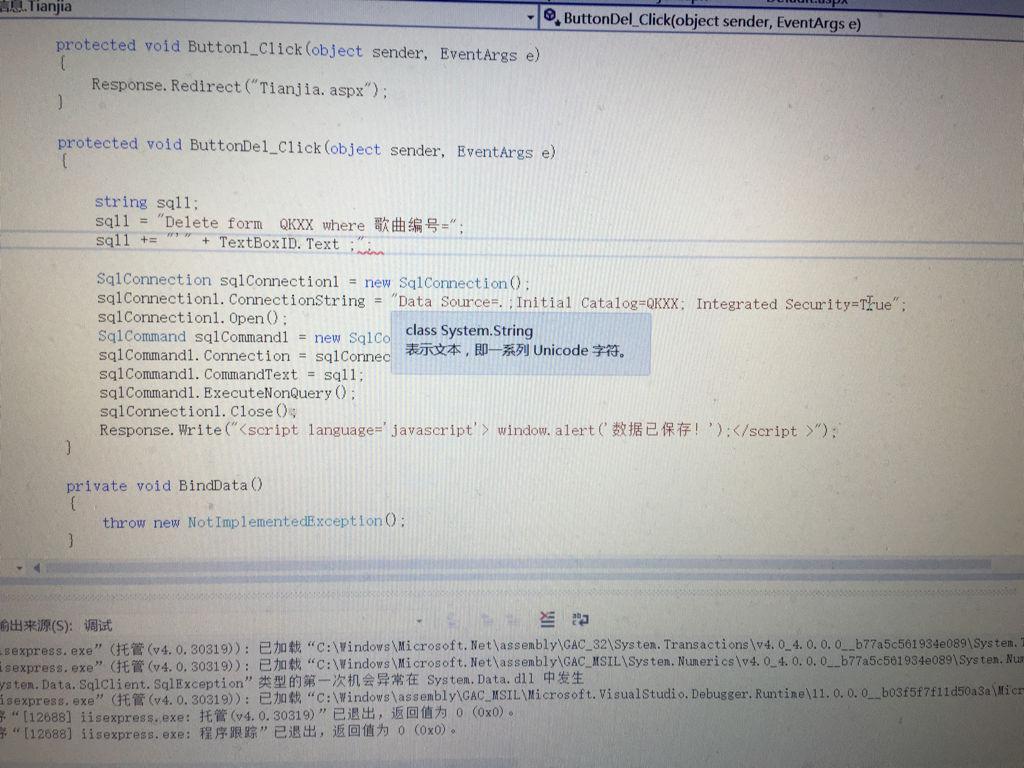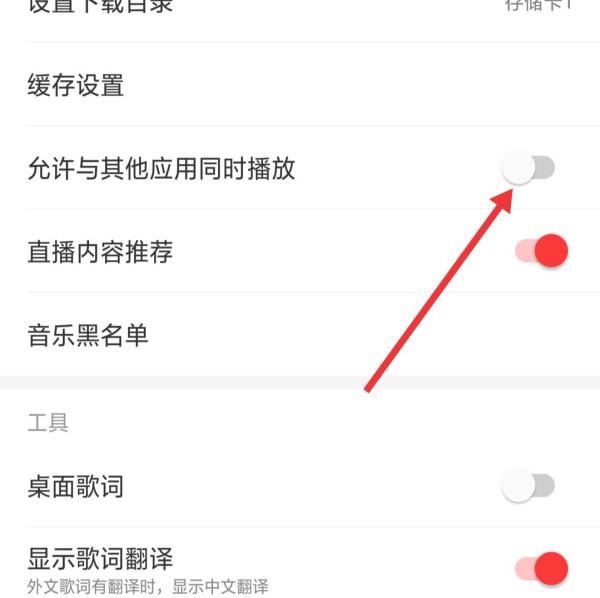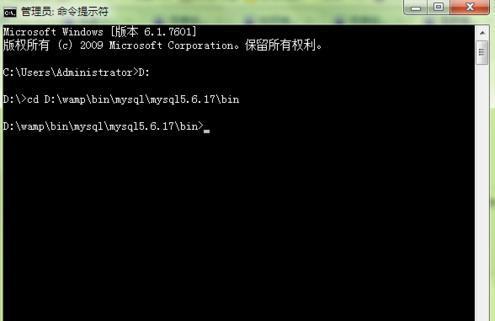java web上传图片怎么到工作区中
- 后端开发
- 2025-09-01
- 6
Java Web开发中,上传图片并将其保存到工作区是一个常见的需求,本文将详细介绍如何在Java Web应用中实现图片上传,并将图片保存到服务器的工作区中,我们将从环境准备、前端页面设计、后端处理逻辑、文件存储路径设置、异常处理、安全性考虑等多个方面进行详细说明。
环境准备
-
开发工具与环境
- IDE:推荐使用IntelliJ IDEA或Eclipse。
- Web容器:如Tomcat、Jetty等。
- Java版本:建议使用Java 8及以上版本。
- 构建工具:Maven或Gradle。
-
项目结构
MyWebApp/ ├── src/ │ ├── main/ │ │ ├── java/ │ │ │ └── com/ │ │ │ └── example/ │ │ │ ├── controller/ │ │ │ │ └── FileUploadController.java │ │ │ ├── service/ │ │ │ │ └── FileStorageService.java │ │ │ └── Application.java │ │ ├── resources/ │ │ │ └── application.properties │ │ └── webapp/ │ │ ├── WEB-INF/ │ │ │ └── web.xml │ │ └── upload.jsp └── pom.xml -
依赖库
使用Maven管理依赖,确保pom.xml中包含以下主要依赖:<dependencies> <!-Spring Boot Starter Web --> <dependency> <groupId>org.springframework.boot</groupId> <artifactId>spring-boot-starter-web</artifactId> </dependency> <!-Thymeleaf(可选,用于视图层) --> <dependency> <groupId>org.springframework.boot</groupId> <artifactId>spring-boot-starter-thymeleaf</artifactId> </dependency> <!-Lombok(可选,简化代码) --> <dependency> <groupId>org.projectlombok</groupId> <artifactId>lombok</artifactId> <scope>provided</scope> </dependency> </dependencies>
前端页面设计
前端页面负责提供用户界面,让用户选择图片并提交上传请求,以下是一个简单的JSP页面示例upload.jsp:
<%@ page language="java" contentType="text/html; charset=UTF-8" pageEncoding="UTF-8"%>
<!DOCTYPE html>
<html>
<head>
<meta charset="UTF-8">图片上传</title>
</head>
<body>
<h2>上传图片</h2>
<form action="/upload" method="post" enctype="multipart/form-data">
<input type="file" name="file" accept="image/" required /><br/><br/>
<input type="submit" value="上传" />
</form>
</body>
</html>
说明:
enctype="multipart/form-data":指定表单编码类型,支持文件上传。accept="image/":限制用户只能选择图片文件。
后端处理逻辑
后端负责接收上传的文件,并将其保存到指定的工作区目录中,以下是使用Spring Boot框架的实现步骤。
配置文件存储路径
在application.properties中配置文件存储的根目录:
# 文件存储的根目录 file.upload-dir=./uploads
创建文件存储服务
创建一个服务类FileStorageService.java,负责文件的存储操作:
package com.example.service;
import org.springframework.beans.factory.annotation.Value;
import org.springframework.stereotype.Service;
import org.springframework.util.StringUtils;
import org.springframework.web.multipart.MultipartFile;
import java.io.IOException;
import java.nio.file.;
@Service
public class FileStorageService {
@Value("${file.upload-dir}")
private String uploadDir;
public String storeFile(MultipartFile file) throws IOException {
// 创建存储目录(如果不存在)
Path storagePath = Paths.get(uploadDir);
if (!Files.exists(storagePath)) {
Files.createDirectories(storagePath);
}
// 获取原始文件名并清理路径
String originalFilename = StringUtils.cleanPath(file.getOriginalFilename());
// 生成新的文件名,避免重复(可根据需要调整)
String extension = getFileExtension(originalFilename);
String newFilename = System.currentTimeMillis() + "_" + originalFilename;
// 目标位置
Path targetLocation = storagePath.resolve(newFilename);
// 复制文件到目标位置
Files.copy(file.getInputStream(), targetLocation, StandardCopyOption.REPLACE_EXISTING);
return targetLocation.toString();
}
private String getFileExtension(String filename) {
if (filename == null || filename.isEmpty()) {
return "";
}
int dotIndex = filename.lastIndexOf('.');
return (dotIndex == -1) ? "" : filename.substring(dotIndex);
}
}
说明:
storeFile方法接收MultipartFile对象,将其保存到配置的上传目录中。- 使用
StringUtils.cleanPath防止路径穿越攻击。 - 生成新的文件名以避免文件名冲突。
创建控制器处理上传请求
创建控制器类FileUploadController.java,处理上传请求并返回响应:
package com.example.controller;
import com.example.service.FileStorageService;
import org.springframework.beans.factory.annotation.Autowired;
import org.springframework.http.HttpStatus;
import org.springframework.http.ResponseEntity;
import org.springframework.stereotype.Controller;
import org.springframework.web.bind.annotation.PostMapping;
import org.springframework.web.bind.annotation.RequestParam;
import org.springframework.web.multipart.MultipartFile;
import org.springframework.web.servlet.mvc.support.RedirectAttributes;
import java.io.IOException;
@Controller
public class FileUploadController {
@Autowired
private FileStorageService fileStorageService;
@PostMapping("/upload")
public ResponseEntity<String> handleFileUpload(@RequestParam("file") MultipartFile file) {
try {
// 检查文件是否为空
if (file.isEmpty()) {
return ResponseEntity.status(HttpStatus.BAD_REQUEST).body("请选择一个文件上传");
}
// 检查文件类型是否为图片
String contentType = file.getContentType();
if (!contentType.startsWith("image/")) {
return ResponseEntity.status(HttpStatus.UNSUPPORTED_MEDIA_TYPE).body("仅支持图片文件上传");
}
// 存储文件并获取存储路径
String storedFilePath = fileStorageService.storeFile(file);
return ResponseEntity.ok("文件上传成功!存储路径:" + storedFilePath);
} catch (IOException ex) {
return ResponseEntity.status(HttpStatus.INTERNAL_SERVER_ERROR).body("文件上传失败");
}
}
}
说明:
@PostMapping("/upload"):映射上传表单的提交路径。- 检查文件是否为空以及是否为图片类型。
- 调用
FileStorageService保存文件,并返回成功或失败的响应。
配置Spring Boot应用主类
创建主应用类Application.java:
package com.example;
import org.springframework.boot.SpringApplication;
import org.springframework.boot.autoconfigure.SpringBootApplication;
@SpringBootApplication
public class Application {
public static void main(String[] args) {
SpringApplication.run(Application.class, args);
}
}
运行与测试
- 启动应用:运行
Application类,启动Spring Boot应用。 - 访问上传页面:在浏览器中访问
http://localhost:8080/upload.jsp(根据实际部署路径调整)。 - 选择图片并上传:选择一个图片文件,点击“上传”按钮。
- 查看结果:上传成功后,会在控制台或响应中看到文件存储路径,检查
uploads目录,确认图片已保存。
文件存储路径详解
在上述示例中,文件被存储在项目根目录下的uploads文件夹中,通过application.properties中的file.upload-dir属性,可以灵活配置存储路径。
| 配置项 | 说明 | 示例路径 |
|---|---|---|
file.upload-dir |
文件存储的根目录 | ./uploads |
file.upload-dir=/var/www/uploads |
绝对路径,适用于生产环境 | /var/www/uploads |
file.upload-dir=D:/uploads |
Windows系统下的绝对路径 | D:/uploads |
注意事项:
- 确保应用有权限写入指定的目录。
- 在生产环境中,建议将上传目录设置为Web应用无法直接访问的位置,以增强安全性。
异常处理与安全性考虑
-
异常处理:
- 在文件上传过程中,可能会遇到IO异常、文件类型不合法等问题,应在控制器中捕获这些异常,并返回友好的错误信息给客户端。
- 可以使用全局异常处理器(如
@ControllerAdvice)统一处理异常。
-
文件大小限制:
- 默认情况下,Spring Boot对上传文件的大小有一定限制,可以通过配置
application.properties来调整:# 设置最大文件大小为5MB spring.servlet.multipart.max-file-size=5MB # 设置总上传数据大小为10MB spring.servlet.multipart.max-request-size=10MB
- 超过限制的文件将被拒绝上传,并返回相应的错误。
- 默认情况下,Spring Boot对上传文件的大小有一定限制,可以通过配置
-
文件类型验证:
- 除了检查
Content-Type是否以image/开头外,还可以进一步验证文件扩展名,确保只允许特定类型的图片(如.jpg,.png,.gif等)。 - 可以在
FileStorageService中添加更严格的验证逻辑。
- 除了检查
-
防止路径穿越攻击:
- 使用
StringUtils.cleanPath方法清理文件路径,防止用户通过构造反面文件名(如../../etc/passwd)来访问服务器敏感文件。 - 确保上传的文件被存储在预定的目录中,无法通过文件名跳出该目录。
- 使用
-
文件名处理:
- 为避免文件名冲突,建议为每个上传的文件生成唯一的文件名(如使用UUID或时间戳)。
- 保留原始文件的扩展名,以便后续识别文件类型。
扩展功能建议
-
显示上传的图片:
- 可以将上传成功的图片URL保存到数据库,并在前端页面动态展示。
- 使用Thymeleaf或其他模板引擎渲染图片列表。
-
图片压缩与优化:
- 在保存图片之前,进行压缩或调整尺寸,以节省存储空间和加快加载速度。
- 可以使用第三方库如Thumbnailator进行图片处理。
-
用户认证与权限控制:
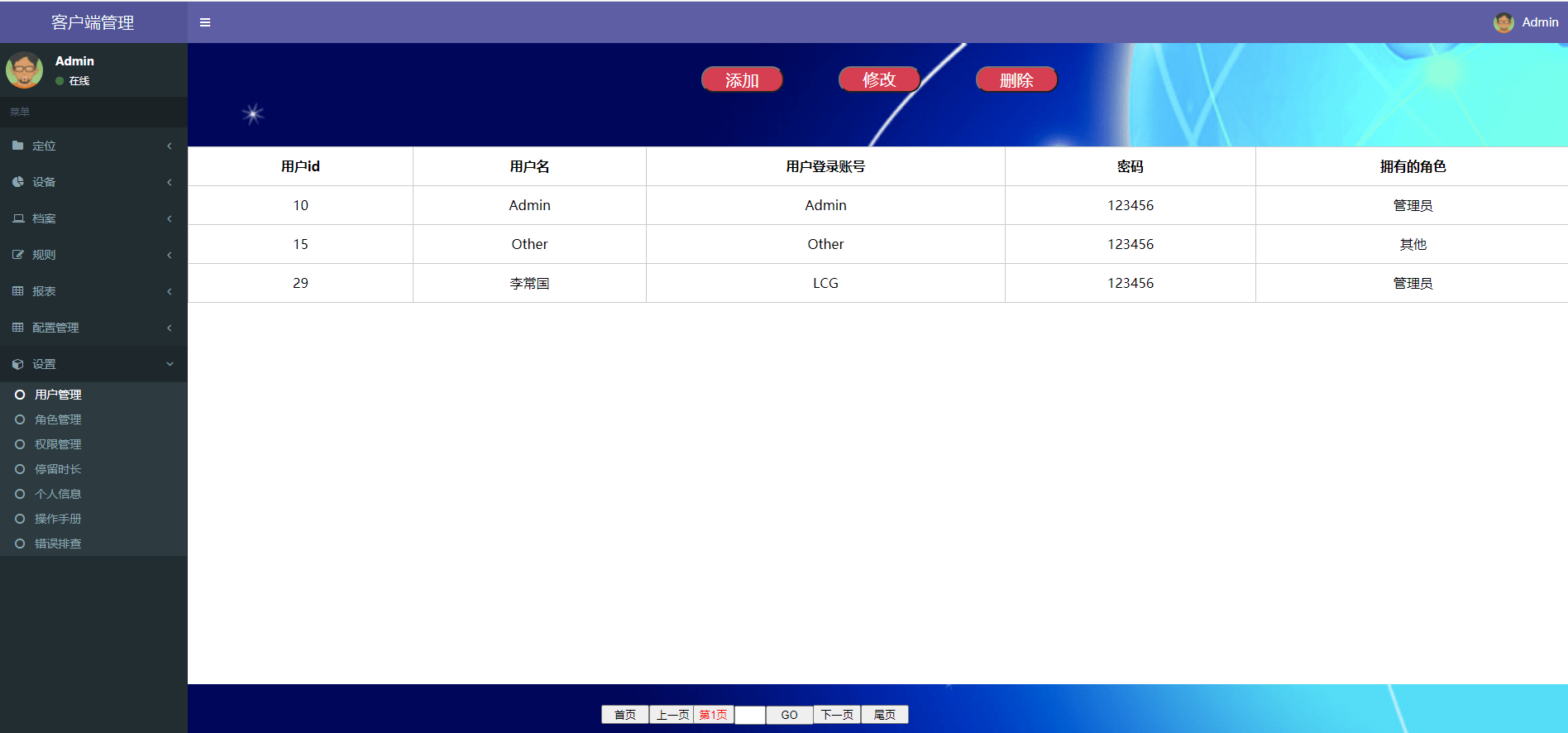
- 只有经过认证的用户才能上传图片。
- 不同用户可能有不同的上传权限或存储空间限制。
-
云存储集成:
- 将图片上传到云存储服务(如AWS S3、阿里云OSS),而不是本地服务器。
- 提高存储的可扩展性和可靠性。
相关问答FAQs
问题1:如何限制上传文件的大小?
解答:
在Spring Boot中,可以通过在application.properties文件中设置以下属性来限制上传文件的大小:
# 设置单个文件的最大大小为5MB spring.servlet.multipart.max-file-size=5MB # 设置总上传数据的最大大小为10MB spring.servlet.multipart.max-request-size=10MB
这样,当用户尝试上传超过5MB的单个文件或总上传数据超过10MB时,服务器会拒绝上传并返回错误,确保在前端也进行相应的提示,提升用户体验。
问题2:如何确保上传的文件是图片类型?
解答:
要确保用户上传的文件是图片类型,可以从以下几个方面进行验证:
-
检查MIME类型:
在后端接收文件后,检查其Content-Type是否以image/开头,例如image/jpeg,image/png等,这可以防止用户修改文件扩展名来绕过验证。String contentType = file.getContentType(); if (!contentType.startsWith("image/")) { return ResponseEntity.status(HttpStatus.UNSUPPORTED_MEDIA_TYPE).body("仅支持图片文件上传"); } -
验证文件扩展名:
除了检查MIME类型,还可以验证文件的扩展名是否在允许的范围内(如.jpg,.png,.gif等),需要注意的是,扩展名可以被伪造,因此应结合MIME类型一起验证。String originalFilename = file.getOriginalFilename(); String extension = getFileExtension(originalFilename).toLowerCase(); List<String> allowedExtensions = Arrays.asList(".jpg", ".jpeg", ".png", ".gif"); if (!allowedExtensions.contains(extension)) { return ResponseEntity.status(HttpStatus.UNSUPPORTED_MEDIA_TYPE).body("不支持的文件类型"); } -
检测:
对于更高的安全性要求,可以读取文件的前几个字节,检测其是否符合图片格式的特征(如JPEG的SOI标记FF D8),这需要更复杂的实现,通常结合第三方库进行。
